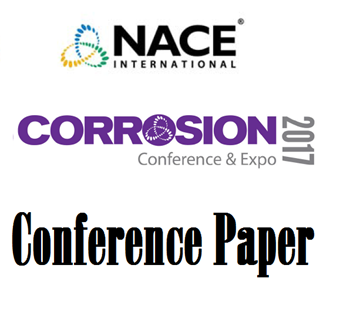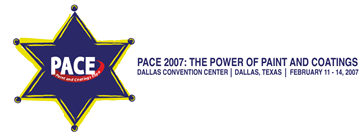Search
Individual Conference Papers
View as
Sort by
Display
per page
Direct Comparison of the ASTM G48 and ASTM A923 Ferric Chloride Corrosion Test Methods for the Detection of Deleterious Phases in Duplex Stainless Steels
Product Number:
51323-18874-SG
Publication Date:
2023
$20.00
Discussion On AC Corrosion Mechanism And Risk Assessment For Cathodically Protected Pipelines
Product Number:
51321-16978-SG
Publication Date:
2021
$20.00
Discussion On Long Range Ordering Of Ni-Based Alloys Used In BWR Environment
Product Number:
ED22-18533-SG
Publication Date:
2022
$20.00
Dissimilar Tube-to-Tube Sheet Welding Challenges - A Case Study
Product Number:
51324-21022-SG
Publication Date:
2024
$40.00
Distributed Sacrificial Cathodic Protection – A New Cost Effective Solution to Prevent Corrosion on Subsea Structures
Product Number:
51317--8941-SG
ISBN:
8941 2017 CP
Publication Date:
2017
$20.00
Distribution of Corrosion Attacks in Sour Pipelines – A Parametric Study
Product Number:
51323-18981-SG
Publication Date:
2023
$20.00
DLC Coatings in High-Temperature Hydrogen Sulfide Environment
Product Number:
51315-5993-SG
ISBN:
5993 2015 CP
Publication Date:
2015
$20.00
DoD Corrosion Prevention and Control Standards, An Aerospace Example
Product Number:
51218-154-SG
Publication Date:
2018
$20.00
Does PA2 Go Far Enough in Outlining DFT Measurement and Assisting the User to Carry Out the Most Efficient Inspection?
Product Number:
51219-174-SG
Publication Date:
2019
$20.00
Doing It Differently: The Impact of Off-Site Intumescent Coating Application
Product Number:
51220-292-SG
Publication Date:
2020
$20.00
Domain Diagrams for the Sulfide Stress Cracking Resistance of High Strength Low Alloy steel 41xx Bar Stocks
Product Number:
51320-14590-SG
Publication Date:
2020
$20.00












